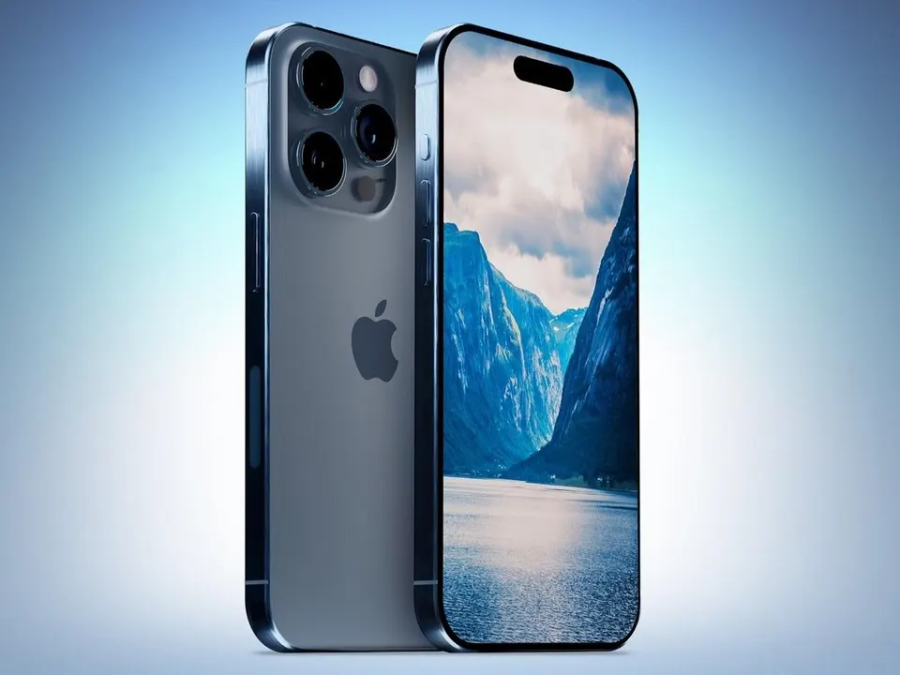
The Evolution of the iPhone: A Comprehensive History
The iPhone, an iconic creation by Apple Inc., has revolutionized the way we communicate, work, and entertain ourselves. Since its inception in 2007, this groundbreaking device has undergone numerous transformations, setting new standards in the smartphone industry. In this detailed history, we’ll explore the evolution of the iPhone, highlighting each model’s key features and innovations.
1. The Birth of the iPhone (2007)
In January 2007, Apple’s co-founder and visionary, Steve Jobs, unveiled the very first iPhone. This remarkable device combined a mobile phone, an iPod, and an internet communication device into one sleek package. It featured a 3.5-inch display with a resolution of 320×480 pixels, a 2-megapixel camera, and a revolutionary multi-touch interface. The iPhone’s launch marked the beginning of the smartphone era.
2. iPhone 3G and the App Store (2008)
The iPhone 3G, released in 2008, brought significant improvements. It introduced 3G connectivity for faster internet browsing and added GPS for location-based services. However, the most game-changing feature was the introduction of the App Store, which allowed users to download and install third-party applications, opening the door to a vast ecosystem of apps.
3. iPhone 3GS (2009)
The iPhone 3GS, released in 2009, retained the design of its predecessor but offered improved performance. It featured a faster processor, a 3-megapixel camera with video recording capabilities, and voice control functionality. This model laid the foundation for Apple’s commitment to iterative improvements.
4. iPhone 4: The Retina Display and Antenna Controversy (2010)
In 2010, Apple introduced the iPhone 4, known for its Retina Display, which boasted a pixel density so high that individual pixels became virtually indistinguishable. It also had a front-facing camera for FaceTime calls. However, the device faced controversy due to antenna issues, which Apple later addressed with free bumper cases for affected users.
5. iPhone 4S and Siri (2011)
The iPhone 4S, released in 2011, brought the revolutionary voice-activated personal assistant, Siri, into the hands of users. It also featured a faster A5 processor, an 8-megapixel camera, and support for 1080p video recording. Siri’s introduction marked a significant step forward in AI integration.
6. iPhone 5: The Lightning Connector (2012)
With the iPhone 5, Apple introduced the Lightning connector, replacing the 30-pin dock connector. This allowed for faster data transfer and a slimmer device design. The iPhone 5 also featured a taller 4-inch Retina display and improved processing power.
7. iPhone 5S and Touch ID (2013)
In 2013, the iPhone 5S was released, introducing the Touch ID fingerprint sensor for enhanced security. It featured the A7 chip, making it the first 64-bit smartphone, and an improved 8-megapixel camera. The 5S set the stage for future advancements in mobile security.
8. iPhone 6 and 6 Plus: Bigger Screens and Apple Pay (2014)
The iPhone 6 and 6 Plus marked a significant departure with larger 4.7-inch and 5.5-inch displays. They also introduced Apple Pay, a mobile payment system, and improved cameras. The iPhone 6 series set new sales records for Apple.
9. iPhone 6S and 6S Plus: 3D Touch (2015)
In 2015, Apple unveiled the iPhone 6S and 6S Plus, featuring 3D Touch technology, which allowed for pressure-sensitive interactions. The devices also had improved cameras and a stronger aluminum chassis.
10. iPhone SE (2016)
The iPhone SE, released in 2016, combined the design of the iPhone 5S with the internals of the iPhone 6S. It offered a compact form factor and a more affordable entry point into the iPhone ecosystem.
11. iPhone 7 and 7 Plus: Water Resistance and the Removal of the Headphone Jack (2016)
The iPhone 7 and 7 Plus, launched in 2016, were the first iPhones to be water-resistant. However, the removal of the headphone jack was a controversial decision, as users had to rely on wireless or Lightning connector-based audio solutions.
12. iPhone 8 and 8 Plus: Wireless Charging (2017)
The iPhone 8 and 8 Plus, released in 2017, introduced wireless charging capabilities. They also featured improved processors, cameras, and augmented reality (AR) capabilities, laying the groundwork for future AR developments.
13. iPhone X: The Era of Face ID and the Notch (2017)
The iPhone X marked a design departure with its edge-to-edge OLED Super Retina display and the removal of the home button. It introduced Face ID, Apple’s facial recognition system, and the infamous notch housing various sensors.
14. iPhone XS, XS Max, and XR: Enhanced Performance and a Budget Option (2018)
In 2018, Apple introduced the iPhone XS, XS Max, and XR. The XS models featured improved performance and camera capabilities, while the XR offered a more affordable option with a liquid retina display.
15. iPhone 11, 11 Pro, and 11 Pro Max: Triple Camera System (2019)
The iPhone 11 series, released in 2019, featured significant camera enhancements, including a triple-lens system on the Pro models. Night mode and Deep Fusion technology improved low-light and computational photography.
16. iPhone SE (2nd Generation) (2020)
The second-generation iPhone SE, launched in 2020, combined the design of the iPhone 8 with modern internals, offering a budget-friendly option with the A13 Bionic chip.
17. iPhone 12 and 12 Pro: 5G Connectivity (2020)
The iPhone 12 and 12 Pro brought 5G connectivity to Apple’s lineup, along with a refreshed design, ceramic shield front cover, and MagSafe for easy attachment of accessories.
18. iPhone 13 Series: Cinematic Mode and Improved Performance (2021)
The most recent iPhone 13 series, released in 2021, introduced Cinematic Mode for video recording, improved battery life, and performance gains with the A15 Bionic chip.
The iPhone’s journey from its inception in 2007 to the present day has been marked by continuous innovation and technological advancements. Each new model has built upon the foundation laid by its predecessors, shaping the modern smartphone landscape and setting the standard for excellence in design and functionality.
As Apple continues to push the boundaries of what’s possible, the future of the iPhone promises to be as exciting and transformative as its storied past.






